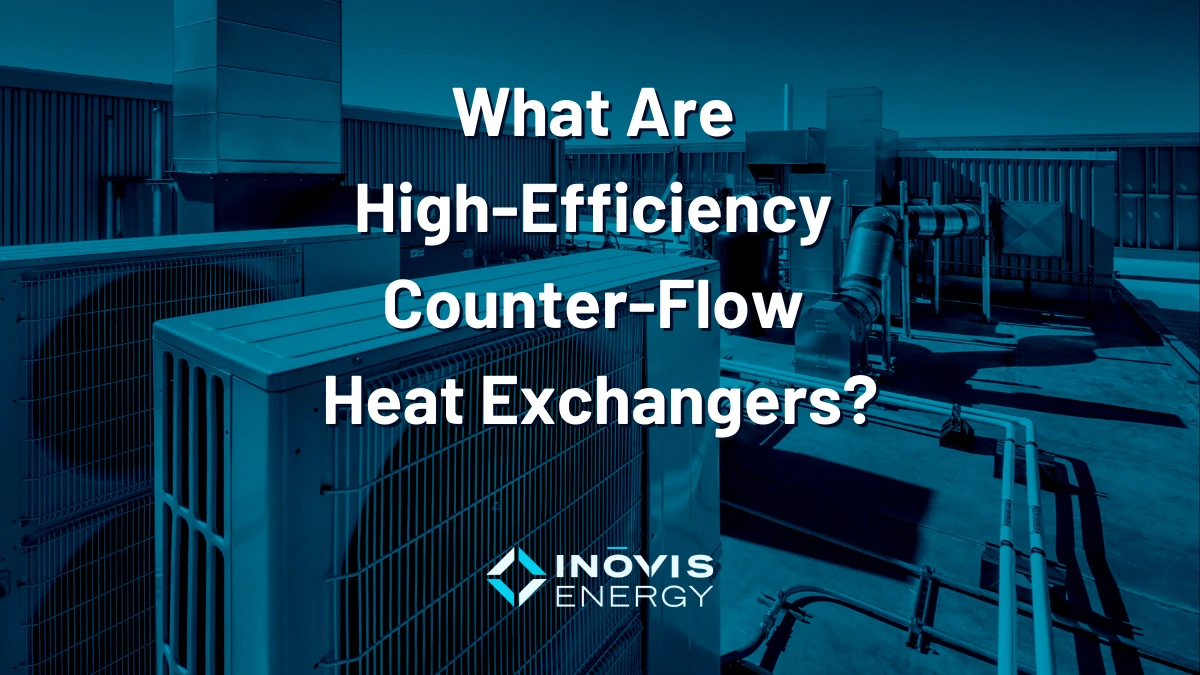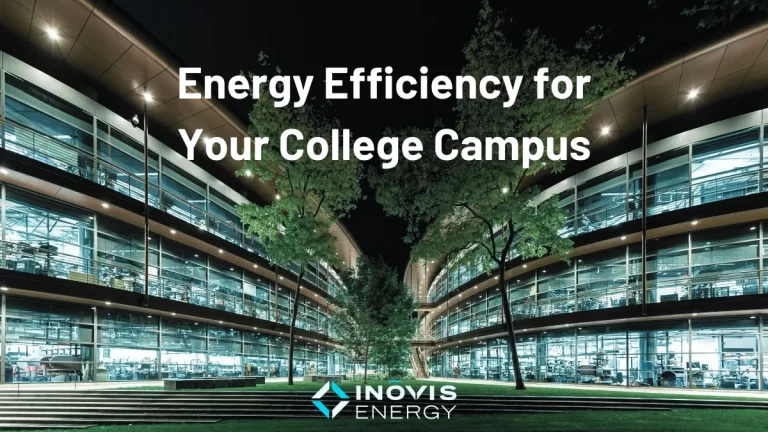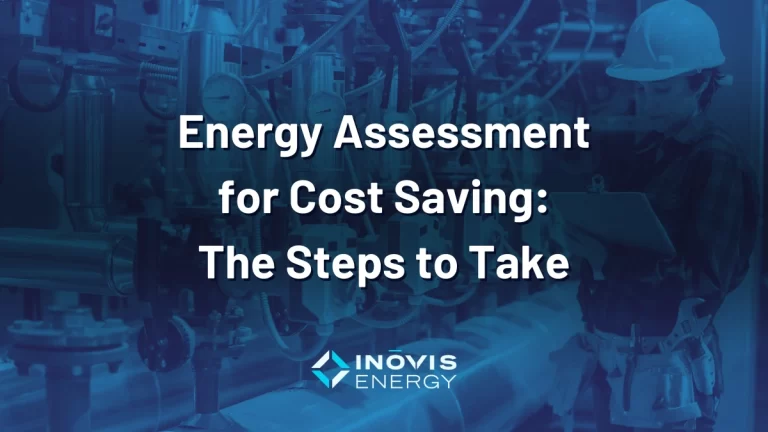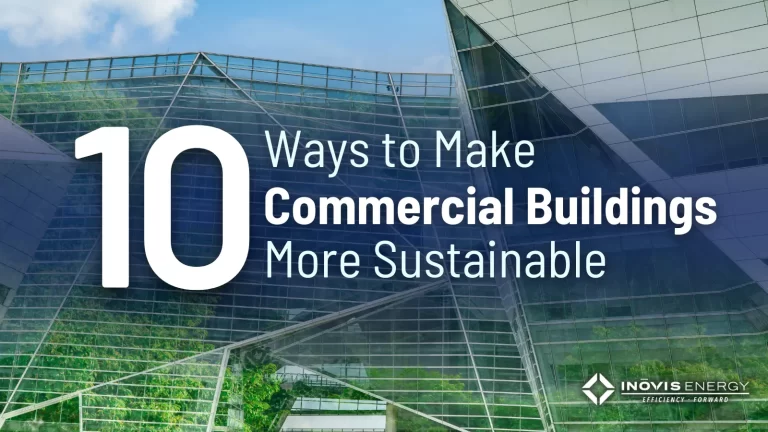High-efficiency counter-flow heat exchangers are a type of heat exchanger that is designed to transfer heat between two fluids flowing in opposite directions, with the goal of maximizing the heat transfer while minimizing energy loss.
How do they work?
In a counter-flow heat exchanger, the hot fluid flows in one direction while the cold fluid flows in the opposite direction. This arrangement maximizes the temperature difference between the two fluids at any point along the heat exchanger, which leads to a higher rate of heat transfer. Additionally, by having the fluids flow in opposite directions, the outgoing temperature of the hot fluid can be much closer to the incoming temperature of the cold fluid, reducing energy loss.
High-efficiency counter-flow heat exchangers can be found in many applications, including HVAC systems, industrial processes, and power generation. They are often made of materials with high thermal conductivity, such as copper or aluminum, and may include features such as fins or turbulators to increase the heat transfer area and improve efficiency.
How can they improve building systems?
High-efficiency counter-flow heat exchangers can play an important role in improving the energy efficiency of building systems by reducing the amount of energy required to heat or cool the building. They are often used in HVAC (heating, ventilation, and air conditioning) systems to recover heat from exhaust air and transfer it to incoming fresh air. This process is known as heat recovery ventilation (HRV) or energy recovery ventilation (ERV).
In winter, the HRV system can recover the heat from the warm, stale air being exhausted from the building and transfer it to the incoming cold fresh air, which reduces the amount of energy required to heat the fresh air to a comfortable temperature. Similarly, in summer, the ERV system can recover the coolness from the air conditioning and transfer it to the incoming hot fresh air, reducing the amount of energy required to cool the fresh air to a comfortable temperature.
By using high-efficiency counter-flow heat exchangers in HVAC systems, building owners and managers can significantly reduce their energy consumption and save money on heating and cooling costs. Additionally, reducing the energy required to heat or cool a building, can help to reduce the carbon footprint and environmental impact of the building.
Where are high-efficiency counter-flow heat exchangers typically installed?
High-efficiency counter-flow heat exchangers can be installed in various locations within a building, depending on the specific application and HVAC system design. Here are a few examples:
- Ventilation systems: As mentioned earlier, high-efficiency counter-flow heat exchangers are often used in HRV and ERV systems to recover heat or coolness from the exhaust air and transfer it to incoming fresh air.
- Air handling units: Air handling units (AHUs) are responsible for circulating and conditioning air within a building. High-efficiency counter-flow heat exchangers can be incorporated into AHUs to recover heat from exhaust air and preheat the incoming air. This reduces the energy required to heat the air to the desired temperature.
- Boiler systems: In a boiler system, high-efficiency counter-flow heat exchangers can be used to recover heat from the flue gas and transfer it to the incoming water or air. This improves the overall efficiency of the boiler system and reduces energy consumption.
- Industrial processes: High-efficiency counter-flow heat exchangers can be used in various industrial processes to recover waste heat and transfer it to other fluids, such as water or air, for reuse.
Overall, the location depends on the specific HVAC system design and application. They can be incorporated into new HVAC systems or retrofitted into existing systems.
How can counter-flow heat exchangers be controlled?
Controls can play a critical role in enhancing the performance of HVAC systems that incorporate high-efficiency counter-flow heat exchangers. Here are a few examples of how different types of controls can improve system efficiency:
- Economizers: An economizer is a control system that enables a building’s HVAC system to use outdoor air for cooling instead of mechanical refrigeration when conditions are favorable. By using outdoor air for cooling, the HVAC system can reduce energy consumption and save money on electricity costs. High-efficiency counter-flow heat exchangers can be used in conjunction with economizers to pre-cool or preheat the outdoor air before it enters the HVAC system, further reducing energy consumption.
- Scheduling: Scheduling controls allow HVAC systems to operate only when needed, based on occupancy schedules and building usage patterns. By adjusting the operation of the HVAC system to match building occupancy, scheduling controls can reduce energy consumption and save money on utility bills.
- Ventilation controls: Ventilation controls adjust the amount of fresh air brought into a building based on occupancy and outdoor air quality. By ensuring that the building has adequate ventilation while minimizing energy consumption, ventilation controls can help to maintain a healthy indoor environment while reducing energy costs.
By combining counter-flow heat exchangers with these types of control systems, building owners and managers can maximize the efficiency and effectiveness of their HVAC systems. This can result in significant cost savings, reduced energy consumption, and improved indoor air quality.
Conclusion
High-efficiency counter-flow heat exchangers are a key component of HVAC systems that can significantly improve energy efficiency and reduce energy costs in buildings. By recovering heat from exhaust air and transferring it to incoming fresh air, these heat exchangers can reduce the amount of energy required to heat or cool a building. Adding control systems such as economizers, scheduling, and ventilation controls, can further optimize the efficiency and effectiveness of HVAC systems. If you’re interested in learning more about how high-efficiency counter-flow heat exchangers and control systems can improve the energy efficiency of your building, contact Inovis Energy for a no-cost assessment. Our team of experts can help you identify opportunities to save money on energy costs and reduce your building’s carbon footprint.




